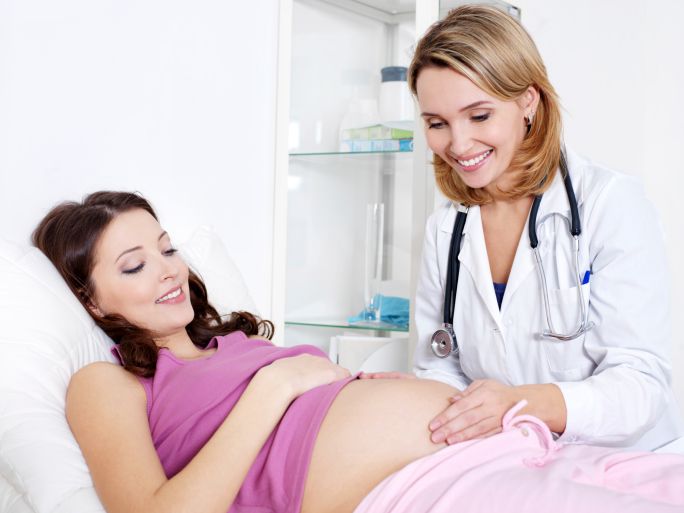Almost two-thirds of women who attempt a natural delivery after having a caesarean section for their first birth are successful, according to a study published in BJOG: An International Journal of Obstetrics and Gynaecology.
The study, conducted by the Office for Research and Clinical Audit (ORCA) at the Royal College of Obstetricians and Gynaecologists and the London School of Hygiene & Tropical Medicine, aimed to investigate the factors that determine the uptake and success rate of vaginal birth after caesarean.
The data from 143,970 women, who had their first baby by caesarean section between 2004 and 2011, found that just over half (52%) attempted a vaginal birth after caesarean section (VBAC) for their second baby.
Researchers found that younger women, aged 24 or less, were more likely to attempt a VBAC than women aged over 34, 60% vs 45% respectively. Black women (62%) and Asian women (64%) were also found to have higher VBAC attempt rates for their second delivery when compared to white women (49%).
Of the women who attempted a VBAC almost two-thirds (63%) had a successful natural delivery, though researchers found that black women had a particularly low success rate when compared to white women, 50% vs 66% respectively. The study also showed that women aged over 34 had a lower success rate than women aged 24 or younger, 59% vs 69% respectively.
The reason for the first caesarean section was also found to strongly determine the likelihood of successful natural delivery in the second pregnancy. Furthermore, women with a history of failed induction of labour were almost twice as likely to have a failed VBAC.
The researchers also found variation in the rate of attempted and successful VBAC between NHS trusts. There was almost a threefold variation in attempted VBAC, ranging from 33% to 94%, and almost a twofold variation in successful vaginal delivery for the second baby, between 48% and 84%.
Hannah Knight, Office for Research and Clinical Audit, Royal College of Obstetricians and Gynaecologists, and lead researcher of the paper, said:
“The majority of women with an uncomplicated first caesarean section are candidates for attempting VBAC, but our data found that only half of those women chose this option.
“Women from a non-white ethnic background were more likely than white women to attempt a VBAC, but the success rate in non-white women was lower. This could point to different patient preferences or a lack of access to elective repeat caesarean section for non-white women.
“Interestingly, we also found an unexplained variation in the rate of attempted and successful VBAC between hospitals, which was independent of maternal demographic and clinical risk factors.
“An informed discussion about whether or not to attempt a vaginal delivery after a caesarean section requires an assessment of the risk of emergency caesarean, and this paper provides valuable information both for women and the obstetricians and midwives caring for them.”
John Thorp, BJOG deputy editor-in-chief, added:
“In England approximately 50,000 women per year are faced with the choice of attempting a trial of labour after having had a c-section for their first delivery.
“This study shows encouraging results with the majority of women who attempted a natural delivery after a primary c-section being successful.
“Current UK guidelines state pregnant women with a primary c-section and uncomplicated healthy second pregnancy should be given the option of a vaginal birth for their next baby, or an elective-repeat c-section, and counselled on the risks and benefits of both. Women with any questions about their delivery options should consult with their midwife or obstetrician.”
(Source: BJOG: An International Journal of Obstetrics and Gynaecology)










